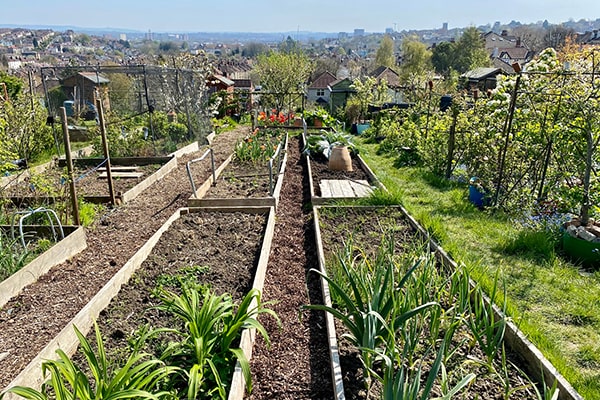
An Allotment Dream Come True
You’ve had your name on the waiting list for months, you get the phone call and – yes! - you are, at last, an allotment holder. Now you need to plan.
The Small Print
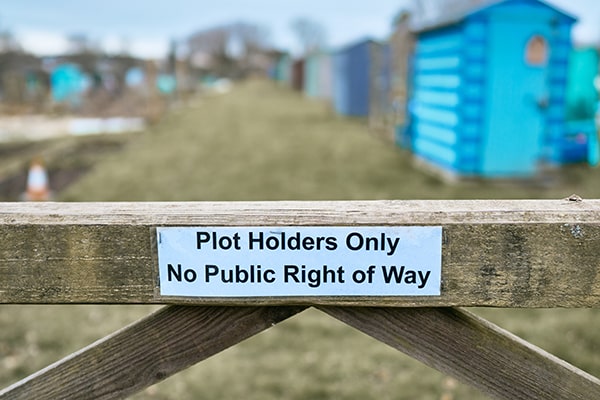
Check the local rules and regs. There won't be anything too daunting but they should answer questions regarding bonfires, water use, upkeep and any discounts at local shops.
Pay your rent! It isn't usually much for the year but still needs paying on time.
Time to Prepare Your Allotment
Once everything is signed, it’s all yours to get cracking. Here’s a quick checklist:
Choose Your Allotment Shed
Ideally you will have a secure shed to store your tools in. It saves taking them home after every visit, or them rattling around in your boot constantly. If you make the plot easy to work, you will be there more.
Opt for a small, strong shed. Metal sheds are renowned for their security while others prefer the aesthetics of a wooden shed. If you choose wooden, make sure the door is double braced.
A window will make it much more hospitable for long days pottering and hiding out from those occasional showers. However, this can be a security issue. Pop a blind or curtains up to hide your contents when you are not there, opt for a shed with a skylight rather than a window, or go windowless all together.
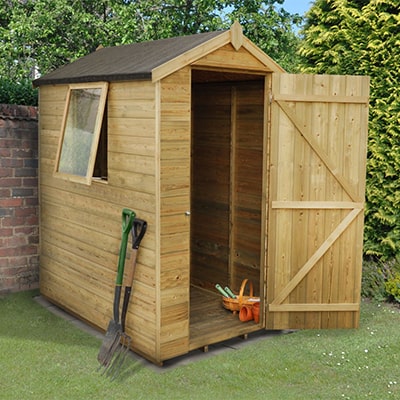
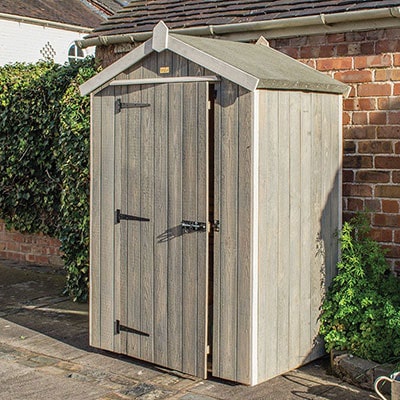
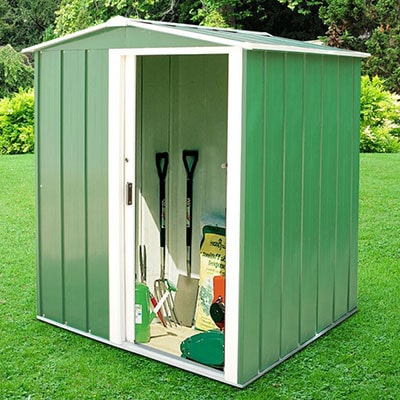
View our range of small sheds now: Small Sheds at Buys Sheds Direct
Allotment Security
Your shed or storage has to be secure. Always have a padlock. An alarm is an added bonus. Even if your plot is out of the way a screeching alarm will put thieves off. Most thefts from plots are opportunist and any amount of security will put off chancers.
In the shed, lock up spades and forks. If you get broken into, ‘offer up’ trowels and hand forks as easy to lift items - but keep the more valuable items under chain, lock and key.
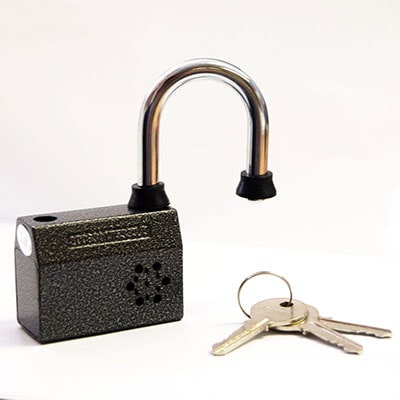
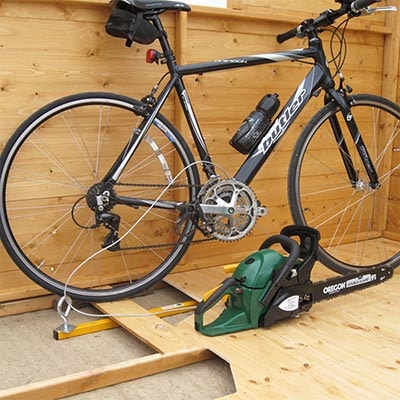
View our range of shed security now: Security at Buys Sheds Direct
Allotment Safety
Never leave inflammable items in the shed. I’d suggest bringing your camping stove to the plot every time you visit.
Creating Allotment Paths
The plot itself will look like a field of soil. Put pathways in to divide the plot into manageable areas and to allow you to get around in wet conditions.
Local landscapers/ tree surgeons may give you free chippings for use as pathways. They look great and suppress weeds for a bit.
Or opt for a few decking tiles – very stylish!
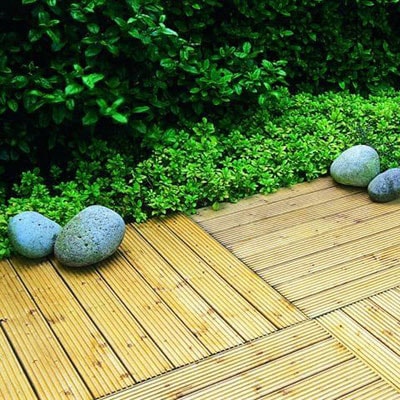
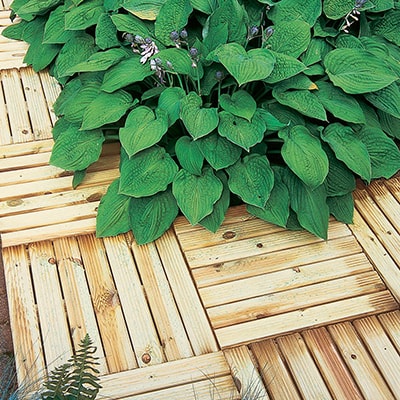
View our range of decking tiles now: Decking at Buys Sheds Direct
Raised Beds
Raised beds create structure to your plot and are better for growing veg in. Get your hands on any scaffolding planks or boarding to fashion into raised beds. Or make it easy on yourself and buy raised beds.
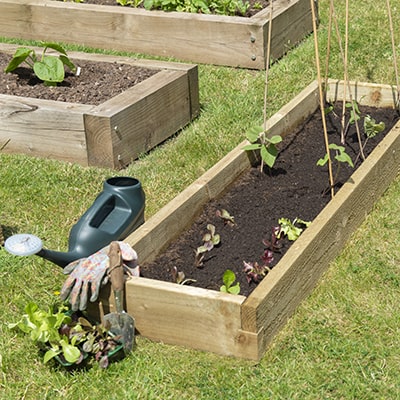
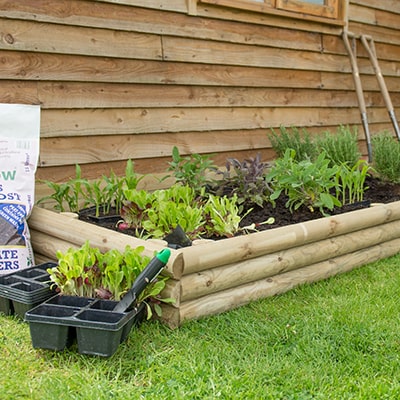
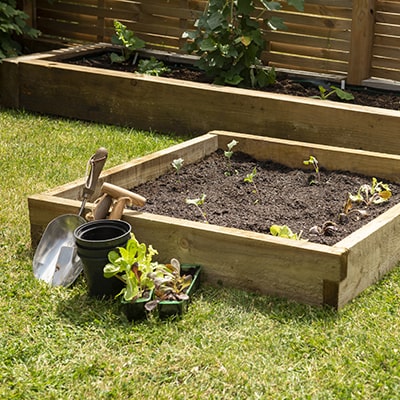
View our range of raised beds now: Raised Beds at Buys Sheds Direct
Allotment Seating
Create a pleasant place to sit, usually outside the shed (where your camping gas stove can make a fresh brew). An allotment isn't just for working on - it should be your leisure and pleasure garden too.
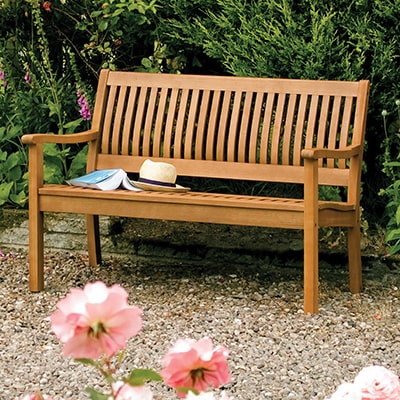
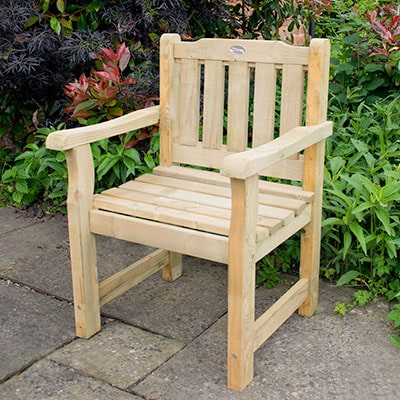
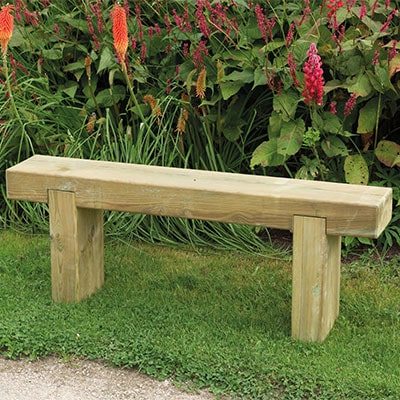
View our range of outdoor furniture now: Furniture at Buys Sheds Direct
Growing Tips For Your Allotment
Stages
Don’t get overawed by the sheer scale of the project. Full sized plots are big.
If completely overgrown consider working half of it, even a quarter, so that you achieve results in your first year. Build up to the whole plot.

Plan
Planning is essential to get the best from your plot. Plan what you want to grow over the year. There are plenty of resources for when to plant and harvest.
Sketch out the measurements of your plot and where you are going to put the different crops. You can do one for each season, taking into account when you'll harvest and have space for the next crop.
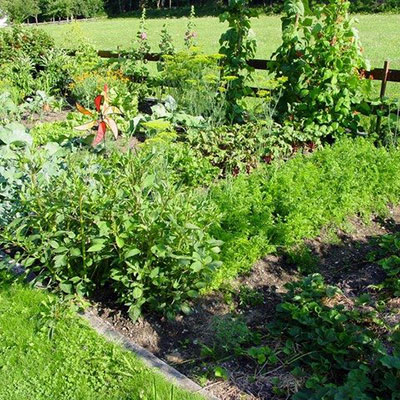
What to Grow
Grow flowers, fruit and veg. And herbs. You have a lot of space and can grow plenty of crops.
Fruit in particular can create structure and will permanently use up some of your space.
Long term crops - asparagus and rhubarb spring to mind - need to be planned in. Once planted they don’t move for years.
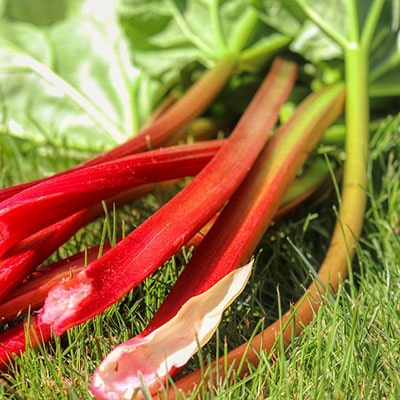
Chat
Talk to fellow plot-holders.
They may have been gardening on your site for years, sometimes decades. These green-fingered neighbours will know the nuances of the soil, the sun, the seasons and how to get hold of manure, compost and all the other bits and bobs you need to manage a plot correctly. They may also have spare seedlings and seeds.
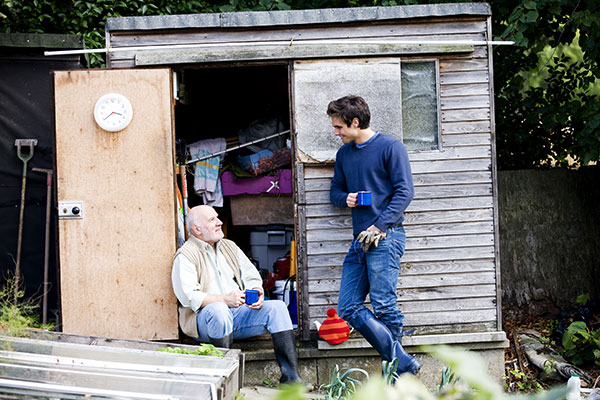
Above all enjoy the exercise, the fresh air and any crops you grow. Nothing tastes better than your own grown food. That's a guarantee.
Remember, for all your allotment equipment requirements from sheds and tool stores to greenhouses and cold frames, Buy Sheds Direct is your first port of call.
